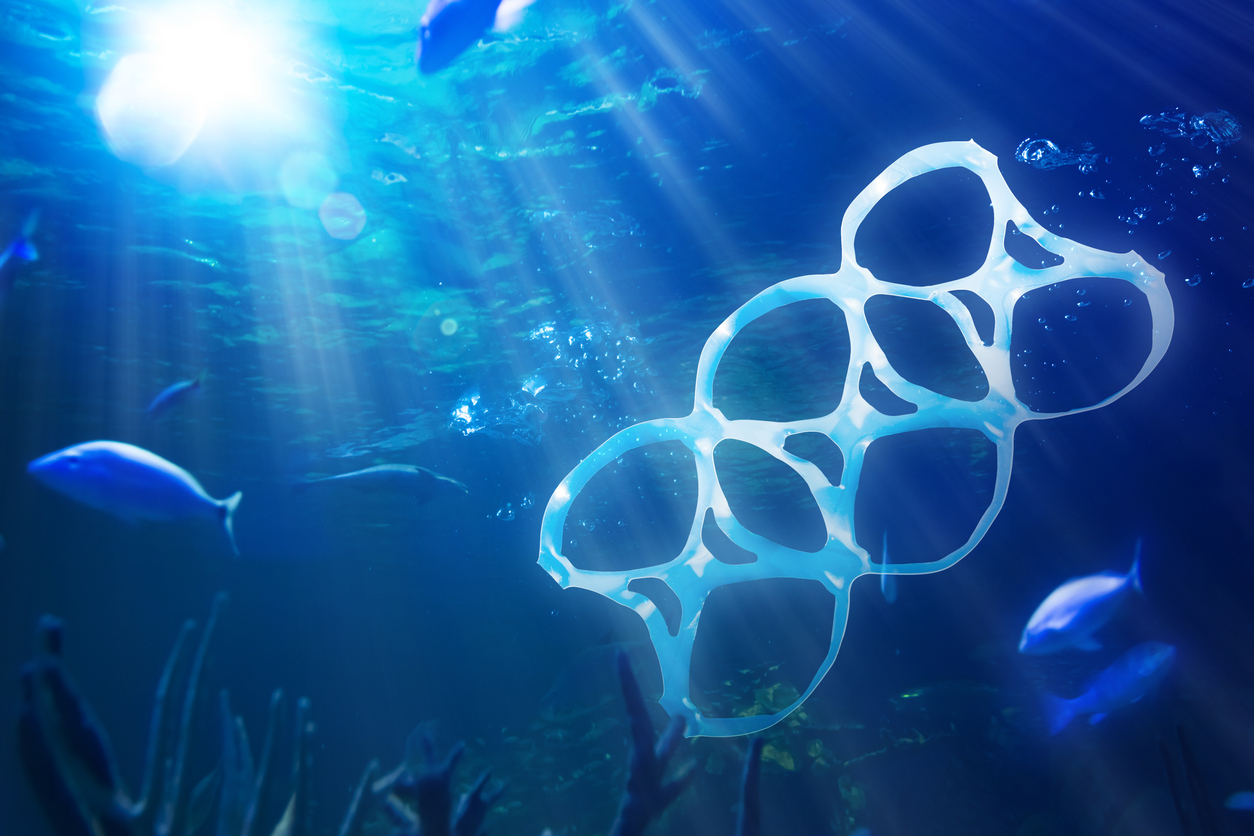By 2050 it will be almost impossible to find a seabird that hasn’t eaten plastic, predicts a new Australian study.
The research, published in the journal PNAS, assessed how widespread the threat of plastic is for the world’s seabirds, including albatrosses, shearwaters and penguins.
Based on analysis of published studies since the early 1960s, the researchers from CSIRO and Imperial College London estimate that 90% of all sea birds alive today have eaten plastic of some kind and predict that plastic ingestion will affect 99% of the world’s seabird species by 2050, based on current trends.

The authors noted that the worst affected area was the Southern Ocean boundary in the Tasman Sea between Australia and New Zealand, due to its abundance of seabirds.
Read more about the study on Scimex.org.
The Science Media Centre collected the following expert commentary from New Zealand researchers.
Dr Matt Rayner, Curator Land Vertebrates, Auckland War Memorial Museum, comments:
“The high concentration of affected seabird species around New Zealand may be surprising to the general public but not to those working in seabird conservation and research. New Zealand is the global centre of seabird diversity with more endemic seabirds than any other country (10% of all seabirds on the planet breed in and around New Zealand. Indeed we have more seabirds species (approximately 85) than land bird species (approximately 75).
“Many seabirds feed on small prey that is often gelatinous on the surface and thus small pieces of floating plastic a frequently ingested. At the Auckland Museum we frequently autopsy seabirds whose stomachs are full of plastic debris.
“What can we do? Well first we should be concerned, as top predators seabirds are indicators of the health of our oceans and many of our seabird populations are not doing well meaning our oceans are not doing well. On a local small scale level the public should become more concerned with the massive use of plastics in our everyday lives, on a global scale we need to be concerned that our politicians are engaged and concerned about such environmental issues as part of a global pollution mitigation strategy.
“Finally our monitoring of seabird populations, as indicators of marine change, remains very poor and should be a focus in a nation blessed with such an amazing natural resource.”
Dr Nigel Adams, Associate Professor, Natural Sciences, Unitec, comments:
“This study predicts that that ingestion of plastic, mistaking eaten as food, is likely to affect most individual seabirds of very nearly all species of world’s seabirds by the middle of the century.
“Surprisingly one of the areas where seabirds are considered to be under most severe threat is the Tasman Sea between New Zealand and Australia. Surprising because the surrounding seas had been considered to be relatively free of plastic pollution.
“The study highlights how widespread plastic pollution has become and that most seabirds now encounter this pollution.
“Better management of waste plastic has reduced the incidence of plastic in guts of some Northern Hemisphere seabirds and suggest similar initiatives may help in the southern oceans.”
Dr Kyle Morrison, Wellington-based ecologist and seabird researcher, comments:
“The novel result that plastic ingestion impacts on seabirds are predicted to be highest in the Tasman Sea is very important knowledge for the conservation of the many endemic and threatened species that feed there.
“Lethal and sub-lethal effects of plastic ingestion must now be considered alongside the other major anthropogenic threats to seabirds including fisheries interactions, introduced predators, and climate change. As marine predators ourselves, humans are not immune to increasingly polluted and poisonous oceans.
“Each of us can contribute to reversing the plastic ingestion trend through simple consumer decisions like refusing to use plastic bags and not using ‘exfoliating’ hygiene products with plastic micro-beads.”
